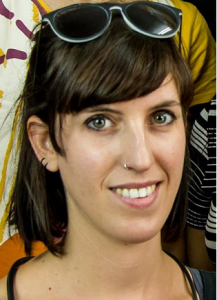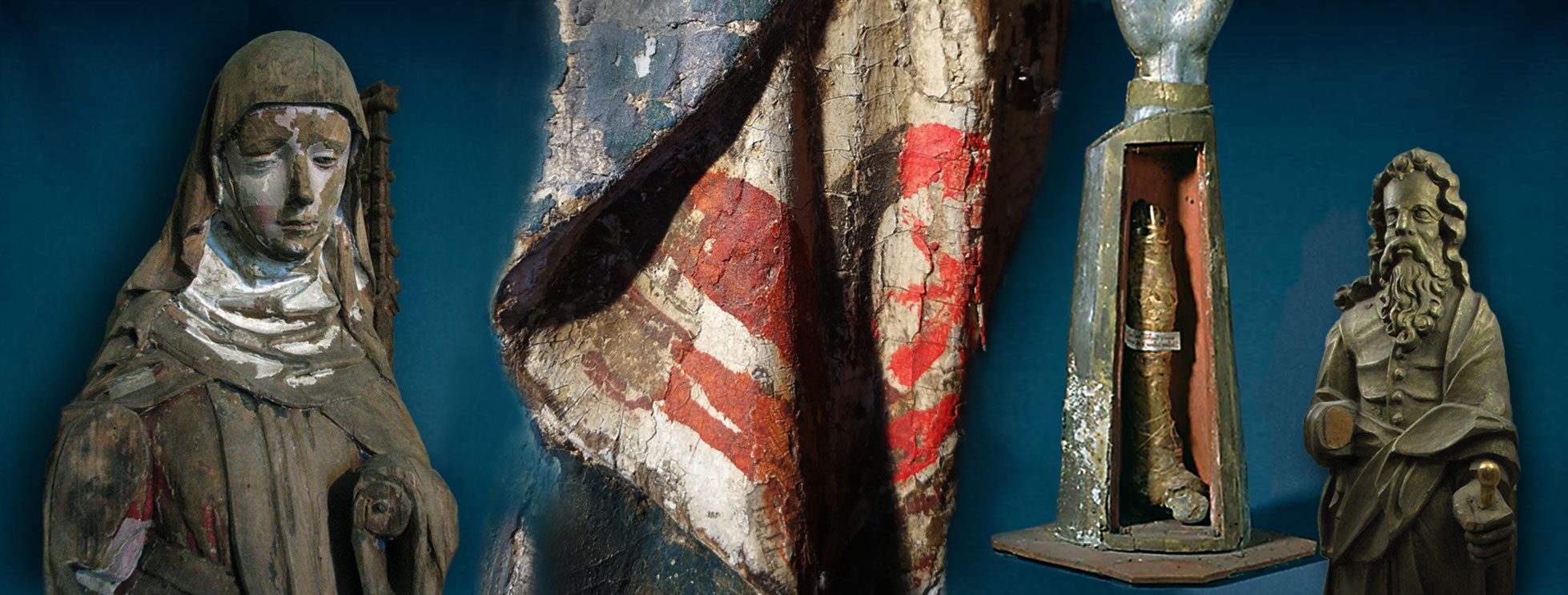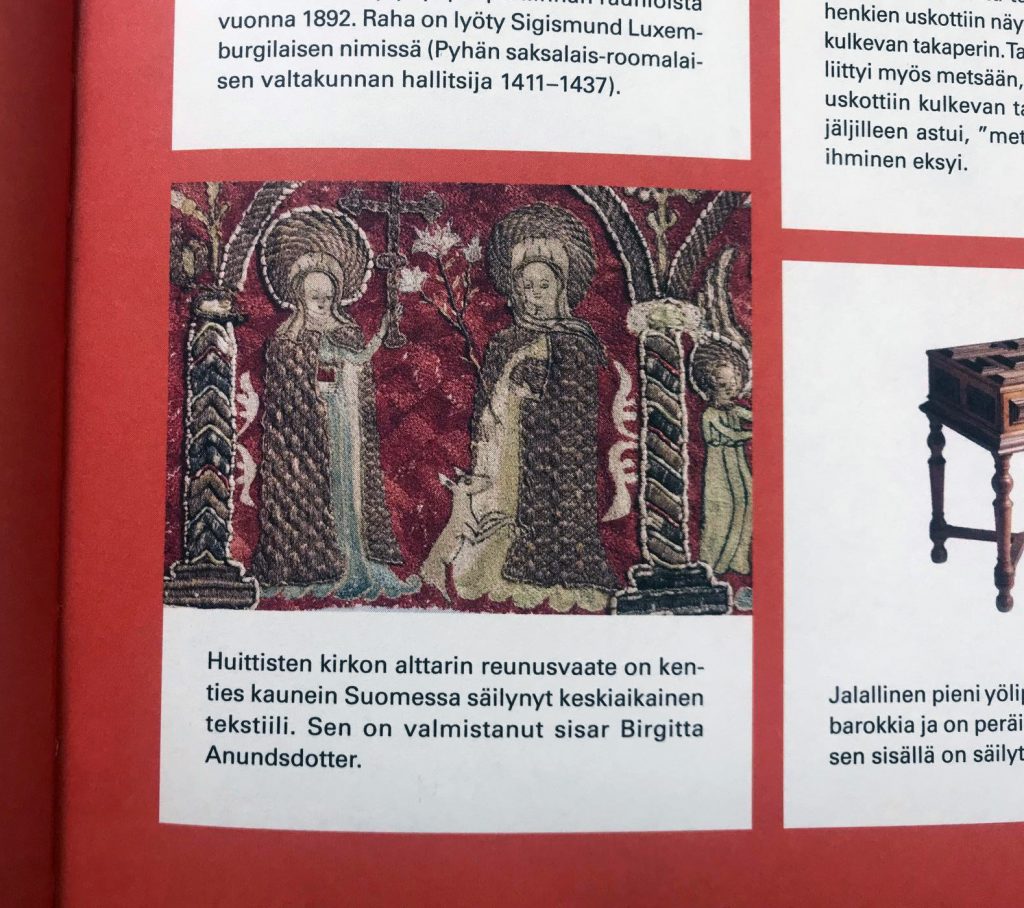« Les fragments ne sont pas fragiles: plus ils rapetissent, mieux ils résistent. »
– Michel Serres
I am an archaeologist and an artist, currently working at the intersection of both disciplines. Through the use of different media ranging from ceramics to text, I explore the concepts of fragmentation, decay, time past, nostalgia and longing.

Artwork and image by Céline Murphy
My doctoral thesis in Aegean Bronze Age archaeology explored the fragmentation of Minoan miniature ceramic anthropomorphic figurines discovered by the thousands at mountain peaks in Crete. More precisely, my study aimed at testing – in large part through the means of experimentation with the production and fragmentation of replicas of the artefacts – the long-standing hypothesis that the figurines were deliberately broken as part of rituals (see Myres 1902/3). I concluded that such a hypothesis cannot be supported, although in fact it cannot be entirely refuted either, for the simple reason that deliberate human-provoked fragmentation cannot be distinguished from accidental fragmentation provoked by natural phenomena (weather or animals) where the artefacts are concerned. Experimentation with replicas revealed that both types of breakage leave the same traces on the objects. Moreover, my examination of the archaeological material revealed that the figurines are broken at their most exposed parts such as at the legs, the arms and the necks, but interestingly less frequently come apart at points where joins were made between arms and torso or torso and waist for example. This indicates that the objects were made with appropriate ceramic-working techniques which allow composite pieces to remain solid, and thus to last.
As a result, I proposed that the figurines might have been designed to remain on display at the mountain peaks, as markers of concluded rituals and negotiations and that, exposed to the mercy of mountainous weather, they broke over time (see Murphy 2018). These observations triggered a number of questions regarding the concept of deliberate fragmentation, disposal and abandonment at Minoan peak sanctuaries and about these sites’ ultimate use, while also further contributing to the broader archaeological debate on the fragmentation of body imagery.
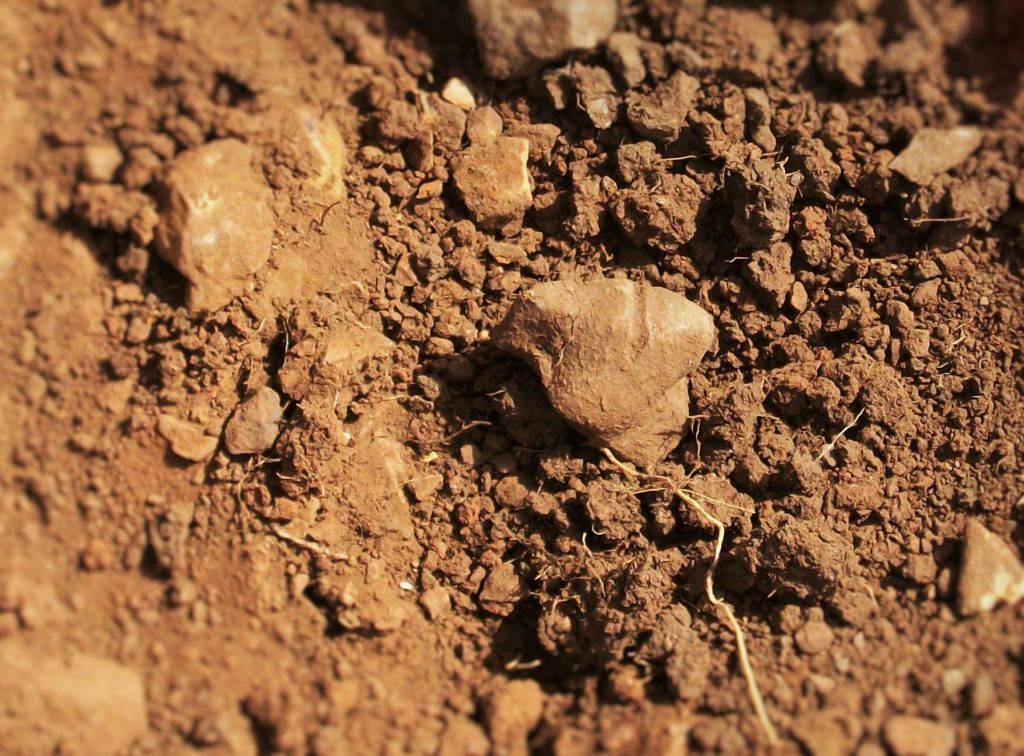
Image by Céline Murphy
My artwork raises similar questions but on a broader scale. My most recent project, named the Fragment Cycle, consists of ephemeral ceramic installations which, as they are destroyed or decay, recycle themselves into new installations. The project began in 2018 with the Disjecta Membra installation (for images see https://celine-murphy.com/projects/membra-disjecta/). It involved the display of small clay limbs, which were not dissimilar in appearance to those of the Minoan figurines, on the floor at the entrance of an art space (DA, in Heraklion, Crete). In order to enter the space and to see the other works on display at the back of the room (ceramic casts of orphaned body parts, and water-colours of rejected organs), visitors had to step on the small limbs, and crush them. The floor patterning partially camouflaged the pieces and thus accentuated the surprise and shock effect of the crunch under foot.
In Latin, ‘disjecta membra’ means ‘scattered fragments’. It is frequently used to refer to surviving textual passages or pieces of ancient pottery, but I chose to read it more literally as ‘scattered limbs’. In directly involving visitors in the destruction of the ceramic limbs, the exhibition addressed the following questions: “who is responsible for the breakage of the objects?”, “was their breakage deliberate?”, “is an act of breakage still deliberate if facilitated by circumstances beyond the agent”, and “why is breakage shocking?”. Disjecta Membra was also an opportunity to consider the relationship between the part and the whole: must the part always belong to a whole? Are breakage and creation so different from each other?
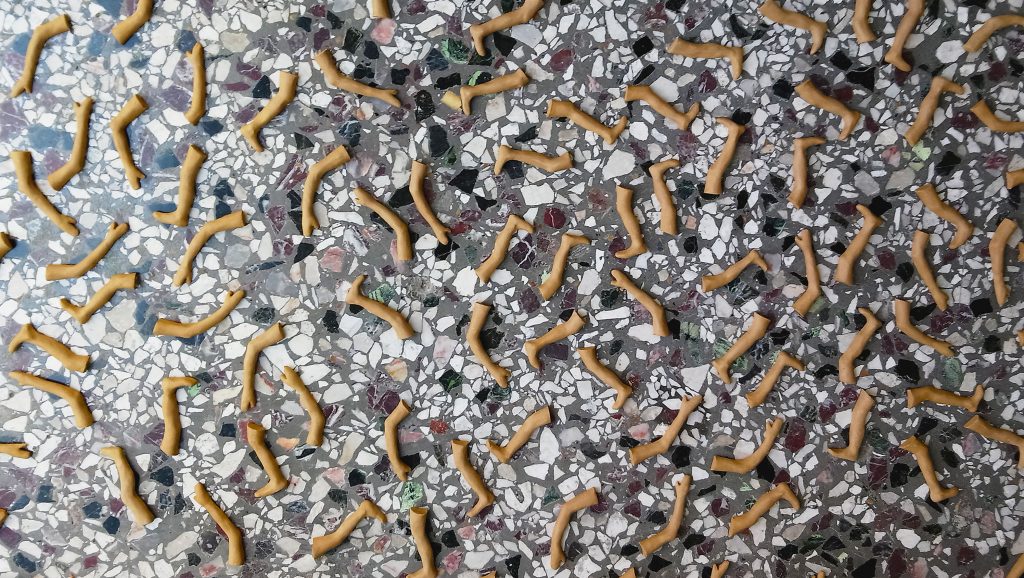
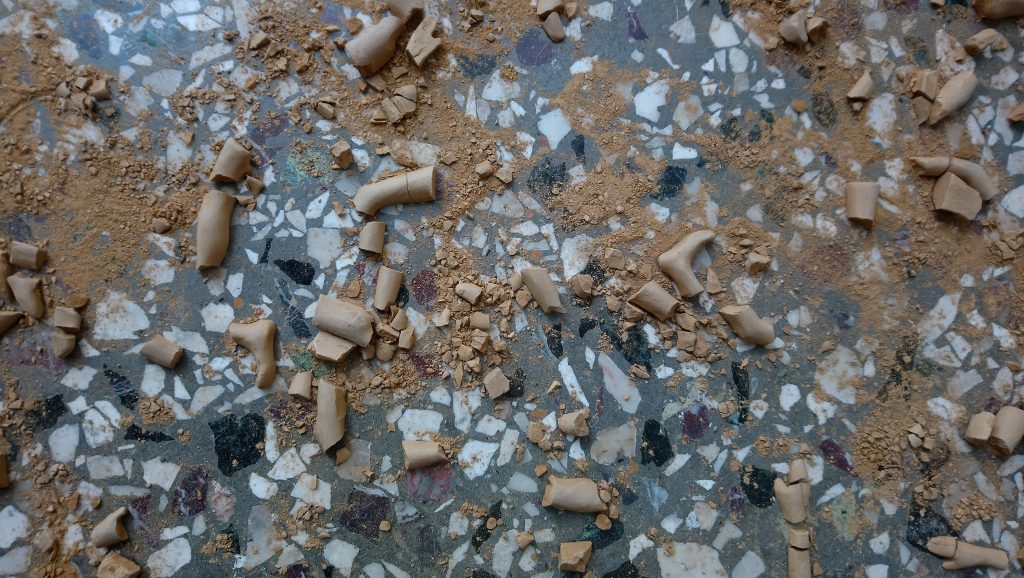
Artworks and images by Céline Murphy
At the end of the exhibition, the remaining limb fragments, and the clay dust created by the passage of many feet in the gallery, were collected. This is when I began work on the second installation of the Fragment Cycle. Named Abfutura, the installation was shown in 2019 in the Heraklion Archaeological Museum and consisted of the fitting of a large floor mosaic and three small cabinet displays in one of the museum rooms (for images see: https://celine-murphy.com/projects/abfutura/). The mosaic was made of stamps, which I made out of the limb fragments collected from the previous installation and which I dipped in a watercolour paste also made with the clay powder collected from the 2018 Disjecta Membra show. The mosaic was non-figural, and the stamps were arranged in swirls and intertwining patterns. The three cabinets contained Disjecta Membra limb fragments in different stages of decay.
The installation overall made reference to the notions of excavating, curating and conserving the smallest and faintest traces of a past which has now nearly entirely vanished. In Latin, ’abfutura’ means “what is about to disappear”. By mimicking the traditional museum exhibit, the installation was metaphorical of a situation archaeologists are frequently faced with: that of gathering pieces and of attempting to make sense of thousands of loose fragments which, more than often, do not join. In struggling to grasp something recognisable, the visitor was compelled to scrutinise the details, to seek patterns. Is that a foot, a hand? Is it a mosaic, map, a strange alphabet? In raising such questions, my works prompted the visitors to use their imagination in the creation of their own narratives about the objects in front of them, of which only the material essence effectively remained.
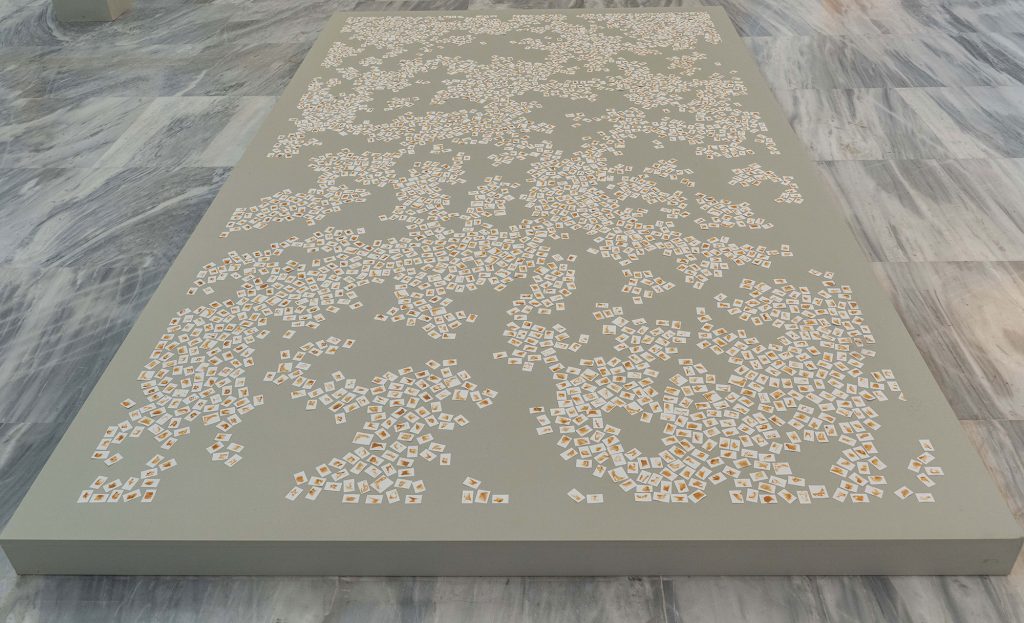

Artworks by Céline Murphy, images by Vasilis Flouris
Fragments, be they of archaeological or modern origin, provoke paradoxical responses. On the one hand, the broken is discarded, cleaned-up and kept out of sight. On the other hand, the broken is treasured, preserved and protected from further decay. Despite their seeming fragility, lightness and modesty, fragments breathe resilience. By sheer virtue of their quantity and their gentle disappearance, material traces of one complete objects refer to a past immediate or ancient but are ultimately also suggestive of a future – a future which we are striving to make them, and ourselves, a part of. Both ancient and modern in appearance, the small limbs of the Fragment Cycle are odd remains, strange documents, and chance survivors of time and human and non-human intervention. They are where new stories begin.
Céline Murphy
References:
Murphy, C. 2018. Solid items made to break, or breakable items made to last? The case of Minoan peak sanctuary figurines. Les Carnets de L’ACoSt 17.
https://journals.openedition.org/acost/1089
Myres, J. 1902/3. The sanctuary site of Petsofa. Annual of the British School at Athens 9, pp. 356-387.
Serres, M. 1990. Distraction. In A. Pingeot, Le Corps en Morceaux. Paris: Editions de la Réunion des Musées Nationaux, p. 34.
Dr Céline Murphy (PhD, PGCHE, MRes, BA) is a Visiting Research Fellow at Trinity College Dublin and one of the primary collaborators of the Iconoclash project.
Visit my website here: https://celine-murphy.com
